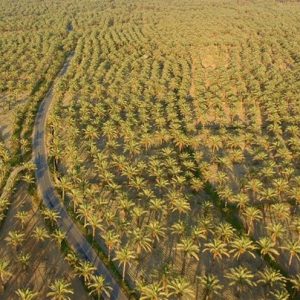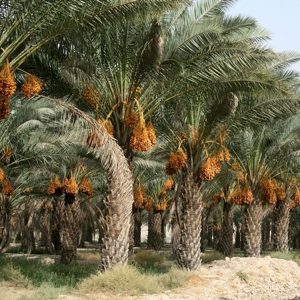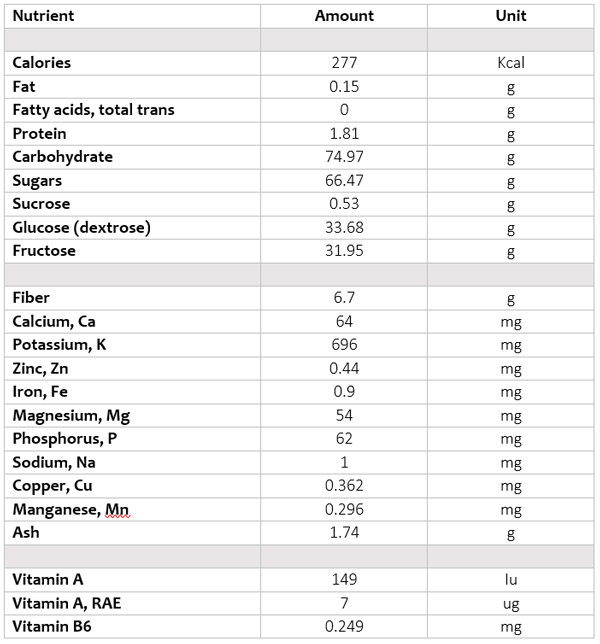What are dates anyway?
Dates are the fruits of the date palm tree (Phoenix dactylifera) nothing short of a superfood.
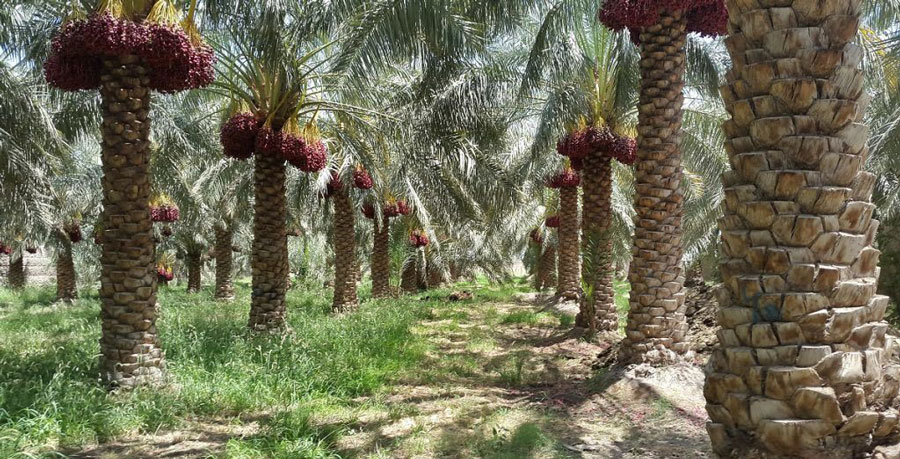
Depending on the stage of fruit maturity, dates are referred to as fresh or dried.
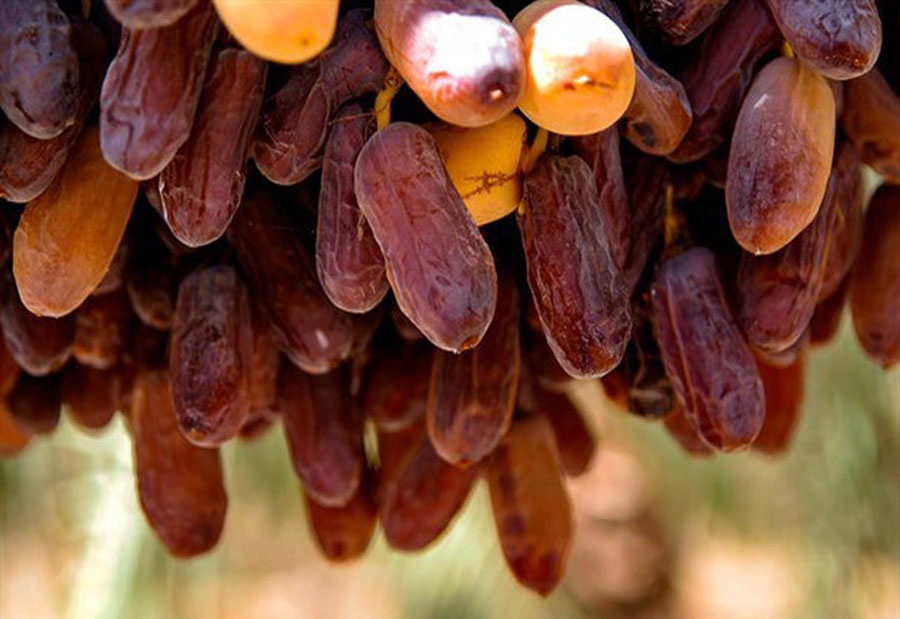
Photo by Rahbar Emamdadi
Dates are a Great Additions to Your Daily Diet
They are rich in soluble and insoluble fibers which boost gut health, and are loaded with selenium, copper, potassium, magnesium and moderate concentrations of manganese, iron, phosphorus, and calcium which reduces risk of disease.
From a young age, many of us come to associate celebrations with sweets, from cake at birthday parties to dessert after finishing our veggies. “This is part of what makes sugar so comforting. And for many of us, sugary treats are like a hug — soothing and reassuring.
Curb your craving and satisfy your sweet tooth with a date fruit which is among the sweetest around; the delicious source of healthy sugar and free of refined sugars and unhealthy fats.
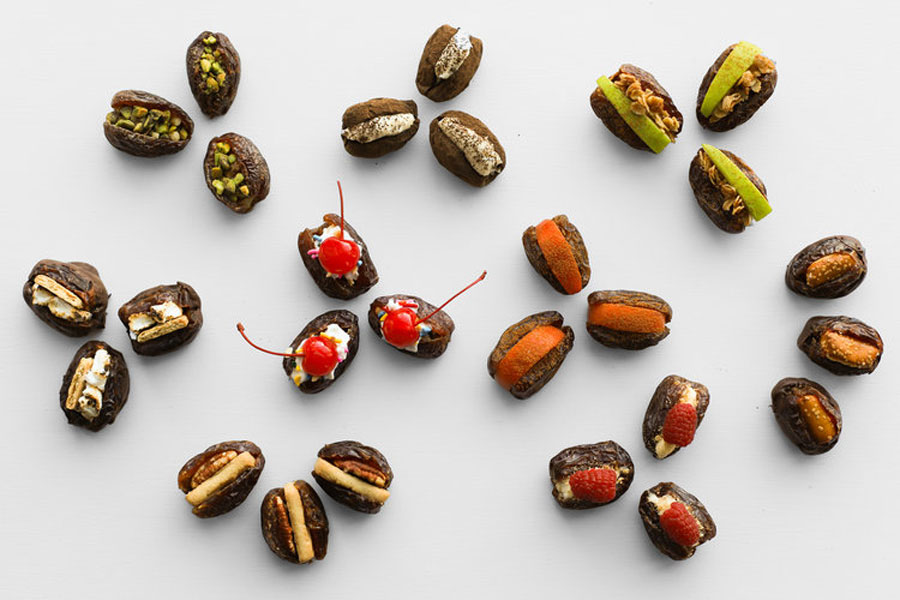
Stuffed Dates
For thousands of years, dates have been the most well-loved fruit in the Middle East and in fact they are commonly believed to have been one of the first fruit ever consumed by humans.
Inspired chefs have incorporated this wonderful fruit into their recipes and created a variety of wonderful dishes. With a bunch of Piarom dates on hand, even the humblest home cooks can manage to produce amazing exotic creations as easy as raw Piarom date energy balls or as hearty and complex as a roasted chicken with a Piarom date and pomegranate stuffing.
There are many ways to add dates to your diet. One popular way to add them as a natural sweetener in various dishes. They also make a great snack.
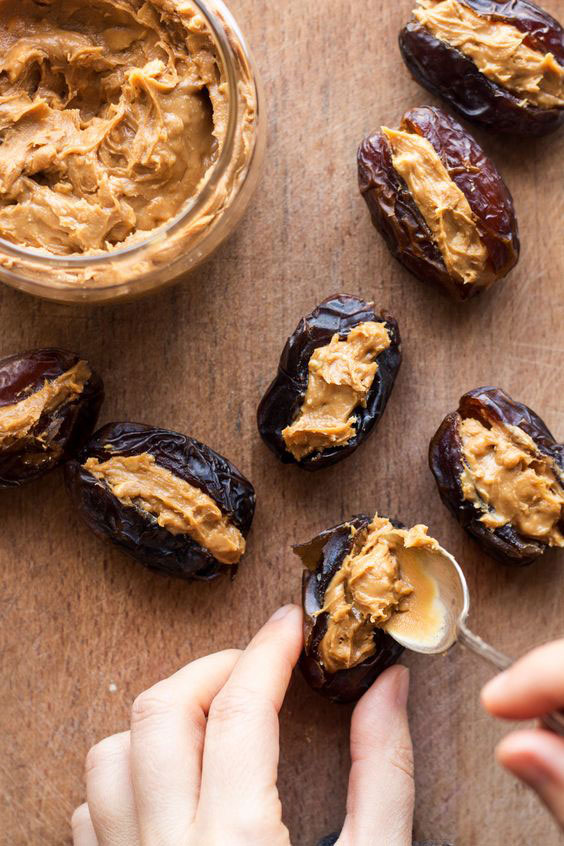
Stuffed Dates
It’s easiest to find dates in their dried form, though these are higher in calories than fresh fruit so it is important to eat them in moderation.
Dates and Diabetes
Since dates are a natural source of fructose, they might be a concern for people with diabetes.
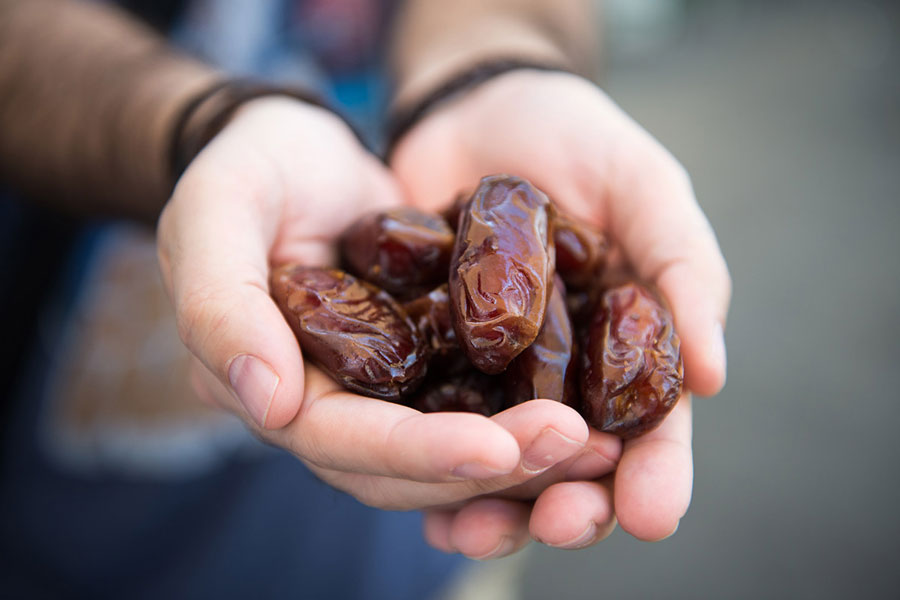
However, they have a low GI and medium GL, and they are safe for diabetics if used in moderation. Dates can be consumed by diabetic patients if their sugar levels are under control (It is recommended to consult your dietician/doctor for the amount of dates that can be consumed).
How do I use dates?
Dates are normally used as a final product for consumers as a fruit snack, but they are also used as an ingredient in home cooking and in bakery, confectionery and other food manufacturing industries.
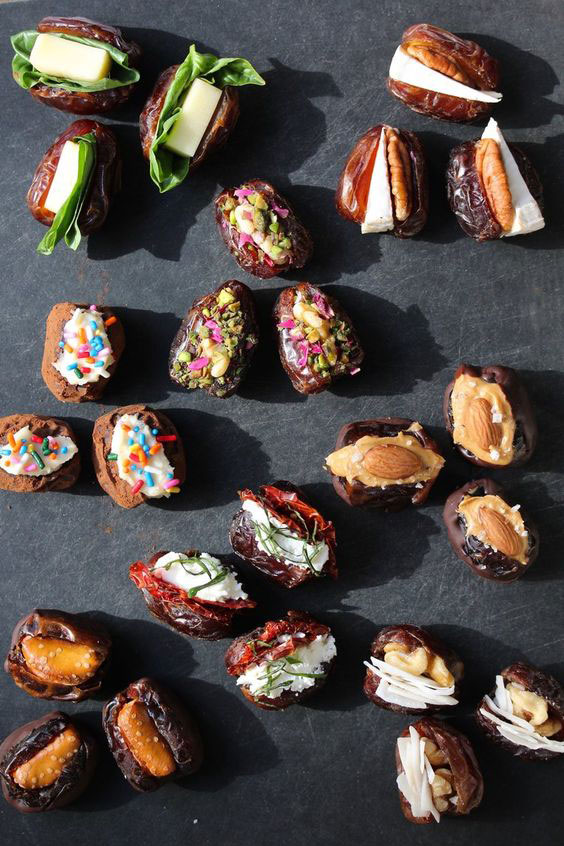
Stuffed Dates
If dates are consumed as a snack, they are generally used whole, either with pits (or stones) inside or pitted (or destoned). They can be chopped and used as an ingredient in mueslis or trail mix. Date can be processed into products such as date paste, date juice or syrup, and liquid date sugar. Even the pits can be used to produce oil and coffee substitutes.
How are dates classified?
Some varieties of dates are left on the tree to ripen completely, and they change color, soften considerably, and reduce in size, weight and moisture content, and the sugar content is increased. Dates are generally classified by their sugar and moisture content.
Based on the sugar content dates are generally classified into two categories [1,2]:
Cane sugar varieties and invert sugar varieties. The sugar content in Cane Sugar Varieties is mainly sucrose while the sugar content in Invert Sugar Varieties is free Glucose and free Fructose. In most varieties, the sugar content is almost entirely of the inverted form (glucose or fructose), but a few varieties mainly contain cane sugar (sucrose).
Based on moisture content ripened dates are generally classified into three categories:
Fresh: with 18% to 35% moisture.
Semi Dried: with 15% to 18% moisture.
Dried: with less than 15% moisture.
References:
[1] https://www.cbi.eu
[2] https://www.verywellfit.com/what-you-should-know-about-invert-sugar-4163580












